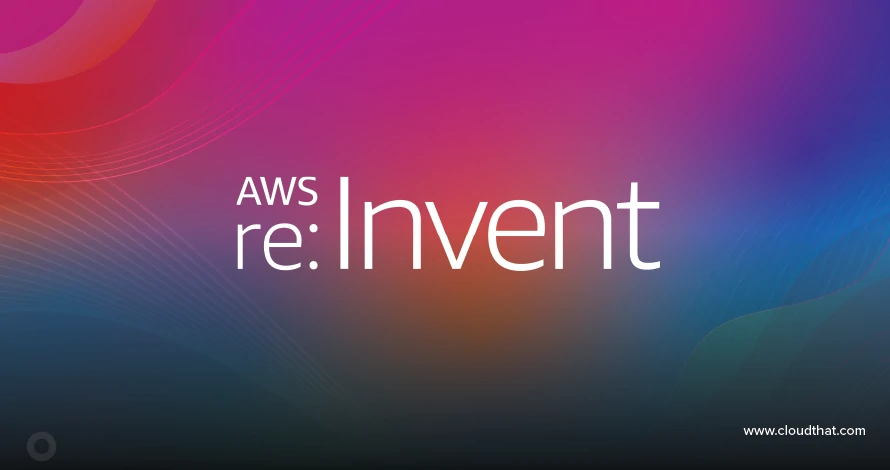|
Voiced by Amazon Polly |
Introduction
Encouraging collaboration, document management, and communication inside your company can be achieved through the integration of Dynamics 365 with Outlook and SharePoint. Outlook is an email and communication tool, SharePoint is a document management and collaboration platform, and Dynamics 365 is a customer relationship management (CRM) platform. This is a summary of how Dynamics 365 integrates with Outlook and SharePoint.
Outlook Integration
Outlook email integration with Dynamics 365 is a valuable feature that allows users to manage their emails directly within the CRM platform. This integration streamlines communication and ensures important correspondence is associated with the relevant CRM records.
How to enable Mailboxes
Settings > Advanced Settings > Email Configurations

Email Configuration Settings: First, we need to check the settings.

The above page will open when you click on the email Configuration settings.
- Process Email Using Should be Server-Side Synchronization.
- The server profile Must be Microsoft Exchange Online.
- Incoming Emails should be Server-side Synchronization or Email Router.
- Outgoing Email should be Server-Side Synchronization or Email Router.
- Appointments, Contacts, and Tasks should be Server-Side Synchronization.
Mailboxes
A “mailbox” is the configuration that enables Dynamics 365 to interact with an email server, like Microsoft Exchange, to send and receive emails on behalf of users when it comes to email integration and Dynamics 365. The synchronization of emails, contacts, tasks, and appointments between Dynamics 365 and the email server is made easier by these mailboxes.
After clicking on the Mailboxes, the user list will be opened to select the user.
Here, we need to check 3 points.
- Select the User Approve Email
- Test and Enable the Mailboxes
- Activate
We can see success after making all the points, as shown in Fig.

Incoming Email: Dynamics 365 mailboxes are set up to accept incoming emails from email servers. Users may monitor and control emails linked to CRM information with this.
Outgoing Email: Users can also send emails directly from Dynamics 365 through the specified mailbox. The linked email server is then used to send outgoing emails.
Appointments: Calendar-related events, meetings, and other scheduled activities are called appointments. Users of Dynamics 365 can synchronize appointments between their email clients, like Microsoft Outlook and the CRM system.
Advantages
- Centralized Communication: Email connection creates a single point of contact for all email conversations to client engagements within the CRM platform.
- Enhanced Customer Understanding: By associating emails with CRM records (contacts, Leads, opportunities), users can obtain an understanding of customer interactions.
- Efficient Tracking: Features that track emails automatically make linking emails to relevant CRM records easier.
- Improved Responsive: Email connectivity allows users to follow up on leads and promptly reply to client inquiries within the CRM platform.
- Real-Time Collaboration: With Dynamics CRM, team members can work together in real-time by viewing shared email conversations.
- Secure Communication: Organizations may have safe and auditable communication within the CRM system with email integration.
Conclusion
This integration capitalizes on SharePoint’s extensive storage capacity and cost-effective upgrades, ensures secure access to specific records, and promotes real-time collaboration among users.
Conversely, the Dynamics 365 CRM platform’s Outlook connection facilitates communication by offering a centralized location for email management. Email settings and mailbox configuration facilitate the synchronization of contacts, tasks, appointments, and emails, resulting in a smooth information flow. By linking emails to CRM records, this single point of contact facilitates safe communication within the CRM system and effective tracking, enhanced responsiveness, and real-time cooperation. It also enhances customer comprehension.
Drop a query if you have any questions regarding Dynamics 365 CRM and we will get back to you quickly.
Making IT Networks Enterprise-ready – Cloud Management Services
- Accelerated cloud migration
- End-to-end view of the cloud environment
About CloudThat
CloudThat is an award-winning company and the first in India to offer cloud training and consulting services worldwide. As a Microsoft Solutions Partner, AWS Advanced Tier Training Partner, and Google Cloud Platform Partner, CloudThat has empowered over 850,000 professionals through 600+ cloud certifications winning global recognition for its training excellence including 20 MCT Trainers in Microsoft’s Global Top 100 and an impressive 12 awards in the last 8 years. CloudThat specializes in Cloud Migration, Data Platforms, DevOps, IoT, and cutting-edge technologies like Gen AI & AI/ML. It has delivered over 500 consulting projects for 250+ organizations in 30+ countries as it continues to empower professionals and enterprises to thrive in the digital-first world.
FAQs
1. Can I integrate specific entities from Dynamics 365 with SharePoint?
ANS: – Yes, we can use specific entities like Accounts, Contacts, Leads, and Opportunities to integrate with SharePoint Document management.
2. What types of documents can be uploaded to Dynamics 365 through SharePoint integration?
ANS: – Word, Excel, and PDF are among the document types that SharePoint integration supports. You can upload several files, with a maximum file size of 50 MB supported.
WRITTEN BY Dadi RajKumar


 Login
Login


 December 11, 2023
December 11, 2023




 PREV
PREV










Comments